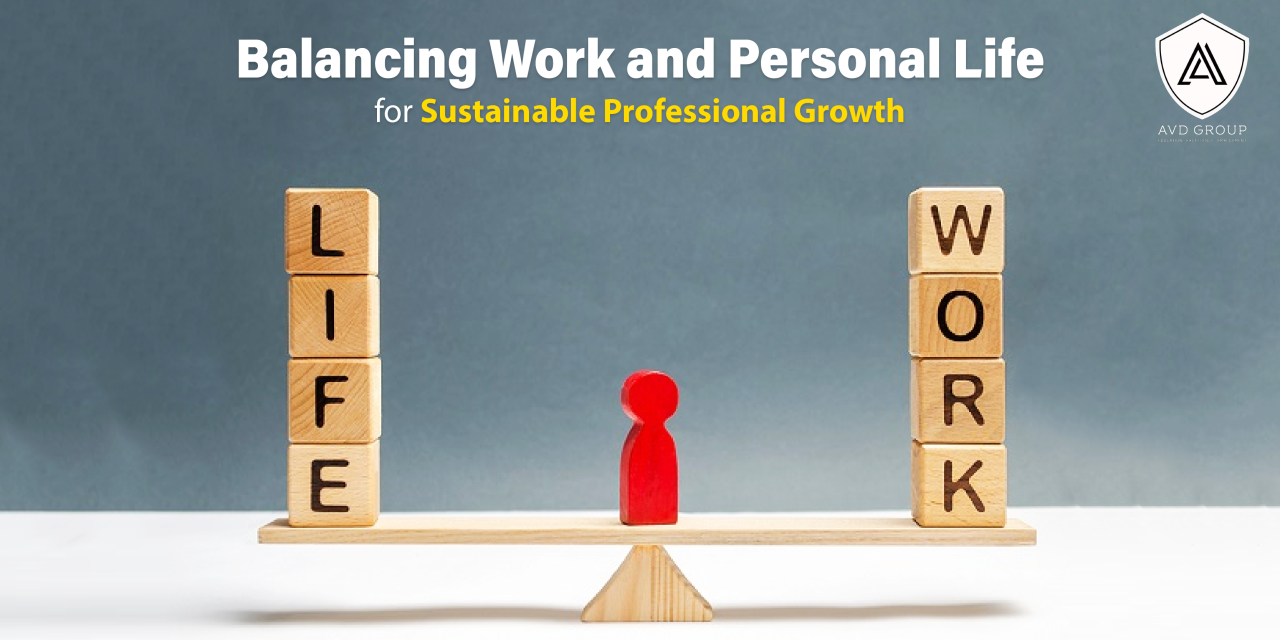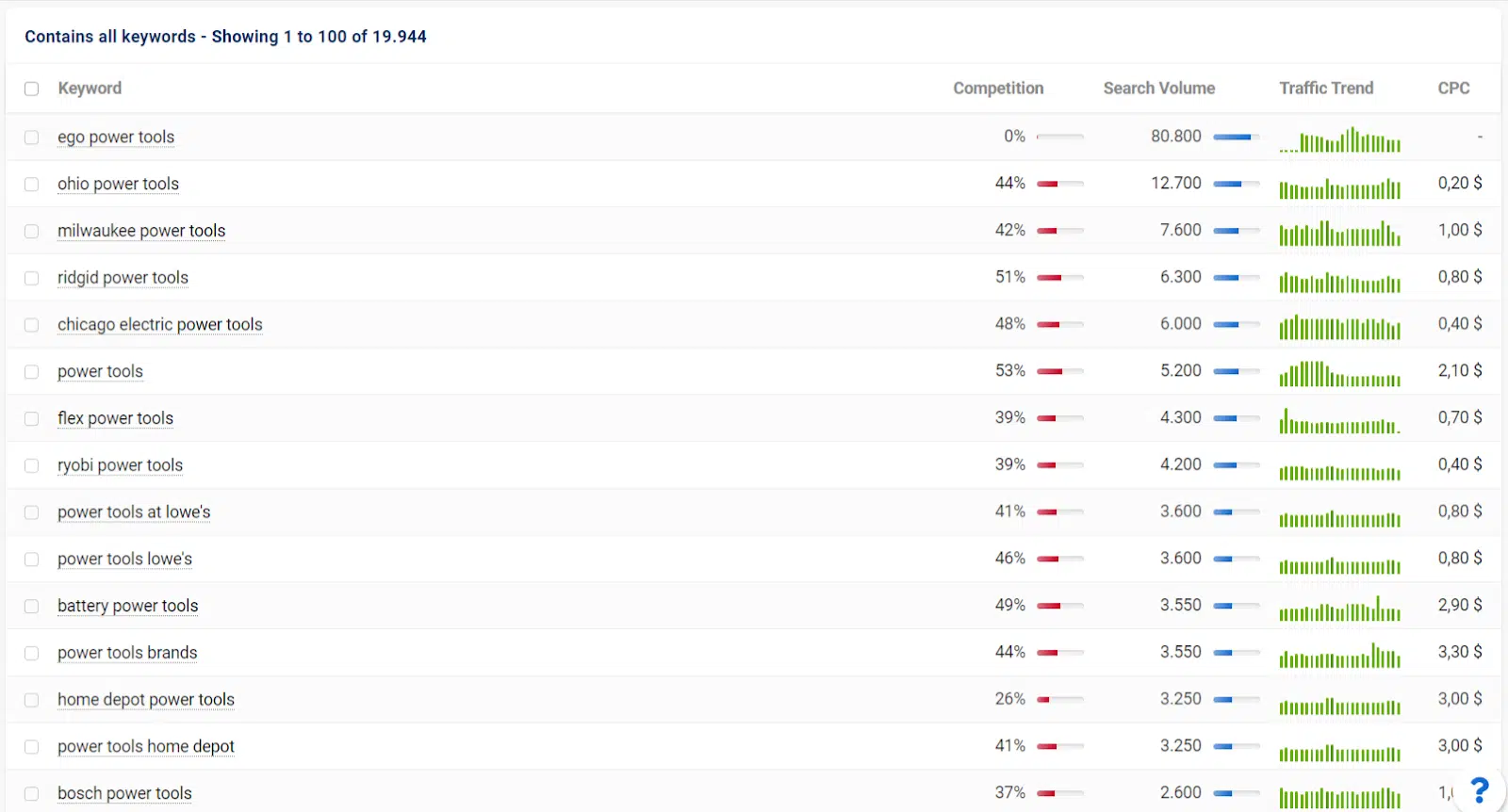
Balancing work and family
Most people face challenges at some point in balancing their careers and home life. If you’re noticing difficulties, consider these tips:
At work. Jobs can be very demanding. Pause and reflect on how you’re using your time and whether your goals are realistic. You’ll feel more satisfied when you set clear priorities and accomplish tasks. Are you overcommitting? Are your deadlines too ambitious? Over time, these pressures can wear you down.
Create a task list. To prevent work from taking over, write a daily task list and mark items off as you complete them. This keeps you from procrastinating and helps you finish one thing before starting another. Feeling buried under too many responsibilities? Try dividing larger projects into smaller, manageable steps. Remember to take breaks when needed. And don’t hesitate to reach out to your manager or ask for support.
Balancing work and school
Studies show that pursuing higher education becomes even more challenging for individuals with families or additional responsibilities beyond work and school, since these obligations often increase both financial pressure and time limitations.
According to Georgetown’s findings, a large share of student workers with dependents live below the poverty line. This includes 66 percent of employed students between the ages of 16 and 29, as well as 39 percent of those aged 30 to 54.
Although students who work while enrolled in school generally borrow less in student loans, they are far from graduating debt-free. Of those with student debt exceeding $50,000, 22 percent had not worked during college, compared to 14 percent who had. Still, more than 40 percent in each group carry student loan balances.
These figures highlight why many students feel compelled to work full-time while attending school—whether to cover tuition costs or simply to meet their basic needs.
Balancing work and life
In our drive to “get everything done” both at work and at home, we often overlook the fact that as our stress levels rise, our efficiency falls. Stress can drain our focus, leave us irritable or down, and strain our personal as well as professional connections.
Over time, stress also weakens the immune system, leaving us open to a range of problems—from common colds and body aches to serious conditions like heart disease. Recent studies even show that ongoing stress can double the likelihood of a heart attack. That figure alone is enough to make anyone anxious!
Although we all need a certain degree of pressure to motivate us and push us to perform well, the secret to handling stress comes down to one simple word: balance. Reaching a healthy work–life balance isn’t just possible—it’s rewarding for employees and companies alike. When people feel balanced and satisfied, they’re more productive, take fewer sick days, and are more likely to remain in their roles.
Here are a few simple strategies we can all use to ease stress and restore balance in our lives. Try them out and enjoy the benefits.
Balancing work and personal life
Achieving balance requires intentional effort, foresight, and compromises,” says John Schorling, MD, MPH, professor of internal medicine and director of physician wellness initiatives at the University of Virginia School of Medicine. Referring to a common mindset among physicians that delays fulfillment, Schorling notes, “We often believe life will improve in the next stage—once residency is finished, after fellowship, or once a practice is well established.”1,2 However, he emphasizes that waiting for the future does not bring change. The key to creating work-life balance is acknowledging that it won’t occur automatically—you must take deliberate action.
Supporting this perspective, Ahnna Lake, MD, a physician life coach who leads workshops on wellness, explains, “Real change happens when we stop seeing ourselves only as victims of circumstance and recognize the ways we contribute to the problem.” Lake encourages physicians to monitor critical markers of well-being over time, such as meaningful relationships, overall health and vitality, and satisfaction with career and daily living. If these indicators decline, she suggests examining habits and making necessary adjustments.
Balancing work family responsibilities
The COVID-19 pandemic transformed how people perceive and approach work and work-life dynamics, carrying significant consequences for families, communities, and organizations (Fisher et al., Citation2020). One of the most notable shifts was the massive transition to remote work in order to maintain social distancing. According to a Gartner HR survey conducted on March 17, 2020—just three days after the outbreak—88% of businesses worldwide asked or encouraged their staff to work from home, regardless of whether they showed COVID-19 symptoms. Because this sudden move to telework happened so quickly, many employees were unprepared for the arrangement, which often blurred the boundaries between personal and professional life. While earlier research suggested that telecommuting could lessen work-life conflict, working from home during COVID-19 had a different underlying motivation: preserving jobs and ensuring business continuity rather than promoting flexibility or better work-life balance (Pirzadeh & Lingard, Citation2021). With lockdowns enforced globally, workers had to juggle childcare, homeschooling, and new job responsibilities, all while adapting to digital tools to remain effective at home. As a result, the balance between work and family life during the pandemic was influenced by a mix of individual and organizational factors such as coping strategies, technostress, and leadership approaches (Vaziri et al., Citation2020). Moreover, the pandemic’s impact varied across different demographic and personal groups—including age, gender, race, ethnicity, and personality (Kniffin et al., Citation2021)—with women working remotely while caring for young children facing particularly high levels of work-family conflict.
How does load balancing work
In the context of algorithms designed to run for extended periods (such as on servers or in the cloud), the underlying computer architecture inevitably evolves over time. Ideally, we should not need to create a new algorithm every time this happens.
A key characteristic of a load balancing algorithm is its ability to adjust to expanding hardware resources. This property is referred to as the algorithm’s scalability. An algorithm is considered scalable with respect to an input parameter when its efficiency does not significantly degrade as that parameter grows.
When an algorithm can adapt to a certain number of processing units, but the number must be decided before execution begins, it is described as moldable. Conversely, if the algorithm can handle a dynamic number of processors that may change while it is running, it is described as malleable. The majority of load balancing algorithms are at least moldable.
How does tire balancing work
Tire balance, also referred to as wheel imbalance or unbalance, refers to how mass is distributed within a tire or the complete wheel assembly (including the rim it is mounted on).
When a wheel spins, uneven mass distribution can generate repeating forces and torques on the axle, leading to ride issues—commonly felt as vertical or side-to-side vibrations. This can also cause the steering wheel to shake. The strength and frequency of these vibrations usually grow as speed increases, and the vehicle’s suspension may resonate when the wheel’s rotation speed matches its natural frequency.
In manufacturing plants and service centers, tire balance is checked using two techniques: static balancing and dynamic balancing. Tires with significant imbalance are either rejected or downgraded. When new tires are mounted on wheels, they are tested again on a balancing machine, and small correction weights are attached to offset any imbalance. If a driver later notices strong vibrations, the tires can be rebalanced. It’s important to note that tire balancing is not the same as wheel alignment.
Balancing work and family life
ork is taking over the lives of many of us in today’s fast-paced, global environment, and if we do not guard ourselves against work–life imbalance, there could be increasing work–family conflicts and stress resulting from long hours and workload escalation. Vacations are getting shorter and are often clubbed with work, or even worse, many do not have the time for a vacation. Quality family time is getting invaded by the omnipresence of media and the internet. It has been well established that most adults suffer adverse health effects from stress, and 75–90% of all physician office visits are for stress-related ailments and complaints. Stress is linked to the six leading causes of death: heart disease, cancer, lung ailments, accidents, cirrhosis of the liver and suicide.[1] People who experience stress typically go through different stages and degrees of suffering and along the way they pass on their stress to their direct environment, their families, co-workers and friends. Research in the field of work and family has well established the spillover and crossover effects of stress affecting co-workers, spouses, children, and the community at large.[2] Decrease in work–life balance has been linked to higher unwanted turnover, lower physical and psychological well-being, lower productivity, greater stress-related ailments, and the like. The Waste is immeasurable.
Balancing work & life
Eurofound collects data on working life across the EU, examining both national and EU-level measures that support work–life balance, while also exploring how social dialogue and collective bargaining contribute in this field.
Its studies focus on the possibilities for flexible working hours and enhanced work–life balance brought about by digitalisation and platform-based employment, particularly in relation to the labour market participation of groups such as people with care duties or health limitations.
Within its research on job quality and sustainable employment, Eurofound has analysed how these factors affect the work–life balance of parents and caregivers.
As part of the EU-level discussions on the work–life balance package, and at the request of the European Commission, Eurofound compiled an overview of national data on fathers’ use of family-related leave across the EU Member States and Norway over time.
Balancing work and college
Busy professionals are often accustomed to prioritizing their careers and family responsibilities above all else. While those should certainly remain key commitments for working students, academics should also rise to the top of your list. A strong strategy is to block out consistent time for studying—this might mean setting aside evenings after dinner during the week or reserving longer sessions on weekends.
Shifting your approach to time management may feel like a significant adjustment, but it can lead to meaningful rewards. A recent study of undergraduates found that the ability to adapt personally is one of the strongest indicators of success in school. You may need to decline some social invitations and events in order to stay on track with your degree.



